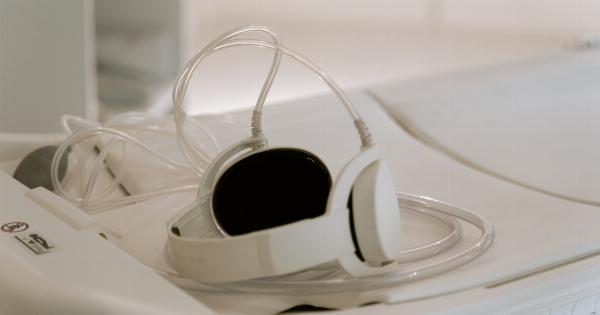Traveling during pregnancy can be an exciting experience, but it’s important to prioritize your safety and comfort. Whether you’re traveling for work or leisure, taking certain precautions can ensure a smooth and stress-free journey.
In this article, we’ll provide you with some flight safety tips specifically tailored for pregnant women.
1. Consult with your healthcare provider
Before planning any trip, it’s essential to consult with your healthcare provider, especially if you have any pregnancy complications or medical conditions.
Discuss your travel plans, including the duration of the flight, potential risks, and any necessary precautions or vaccinations.
2. Choose the right trimester
Generally, the second trimester (week 14 to week 27) is considered the safest and most comfortable time to travel during pregnancy.
By this stage, you might have overcome the discomforts of the first trimester, and the risk of preterm labor is relatively lower. However, every pregnancy is unique, so consult with your healthcare provider to determine the best timing for your trip.
3. Check airline policies
Before booking your flight, research and understand the policies of the airline you plan to fly with. Some airlines have restrictions on traveling during pregnancy, especially in the later stages.
Check if they require any medical documentation or have specific guidelines regarding the duration of the flight and the gestational age of the mother.
4. Pack essentials wisely
When it comes to packing, make sure you have essential items readily available during the flight. These may include medications, comfortable clothing, snacks, and a refillable water bottle.
Staying hydrated and maintaining proper nutrition are vital during pregnancy, so pack accordingly.
5. Dress comfortably
Wearing loose-fitting and breathable clothing is crucial to stay comfortable during the flight. Opt for layers so you can easily adjust according to temperature changes.
Avoid shoes that are too tight and opt for comfortable footwear to prevent swelling or discomfort.
6. Choose an aisle seat
Booking an aisle seat provides easy access to the restroom and allows you to stretch your legs more frequently. Regular movement and stretching during the flight can help improve blood circulation and prevent blood clots.
Additionally, it makes it easier for you to get up and move around without disturbing other passengers.
7. Practice proper hygiene
During the flight, it’s important to maintain good hygiene to reduce the risk of infections. Carry hand sanitizer and use it frequently.
Avoid touching your face unnecessarily and consider carrying sanitizing wipes to clean the surfaces near your seat.
8. Wear compression socks
Pregnancy increases the risk of blood clots, especially during long periods of inactivity. Wearing compression socks can help promote healthy blood circulation and prevent swelling and clotting.
Consult with your healthcare provider about the type and duration of compression socks suitable for your specific needs.
9. Stay hydrated and eat well
Proper hydration is essential during pregnancy, and it’s especially crucial during a flight. Drink plenty of water and avoid excessive caffeine or sugary beverages. Pack healthy snacks to keep your energy levels up and maintain a balanced diet.
Stick to light meals to minimize the chances of indigestion or discomfort.
10. Stay active during the flight
Avoid sitting for long periods without any movement. Take regular breaks to walk around the cabin, stretch your legs, and do simple exercises.
Consult with your healthcare provider about specific exercises or stretches that are safe for you during pregnancy.
Conclusion
By following these flight safety tips for pregnant women, you can ensure a smoother and more comfortable journey. Remember, always consult with your healthcare provider before traveling and prioritize your well-being throughout the flight.
With proper planning and precautions, you can enjoy your travel experience while taking care of yourself and your baby.




























